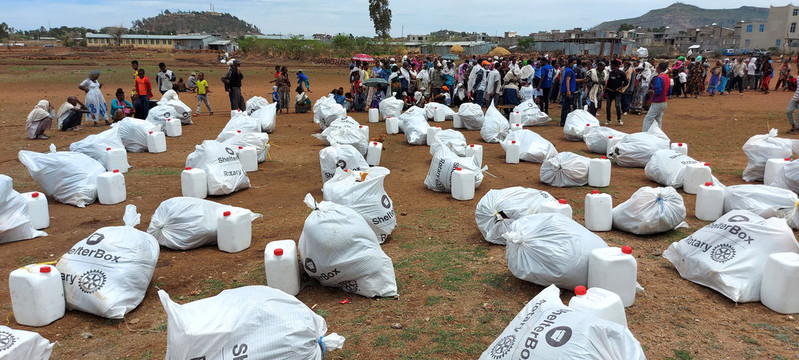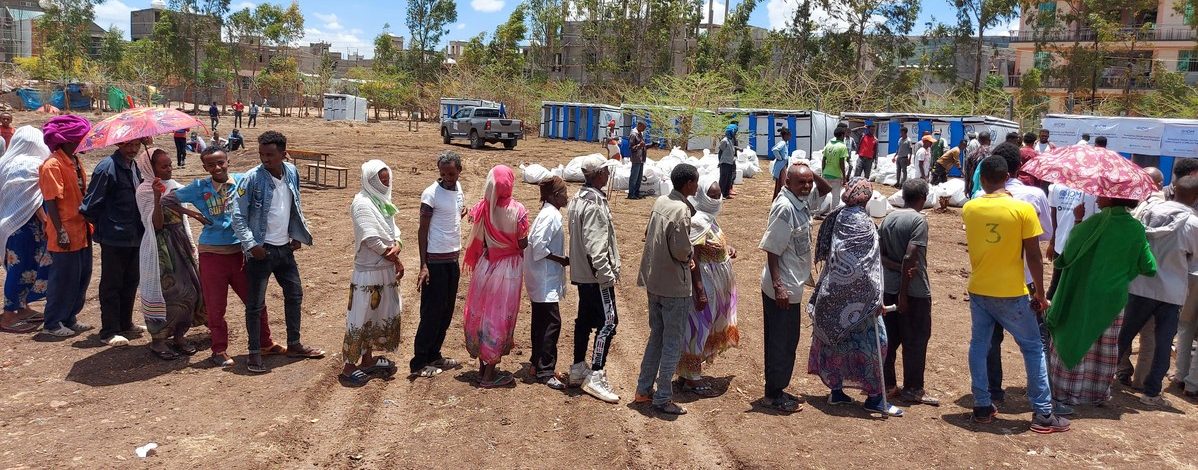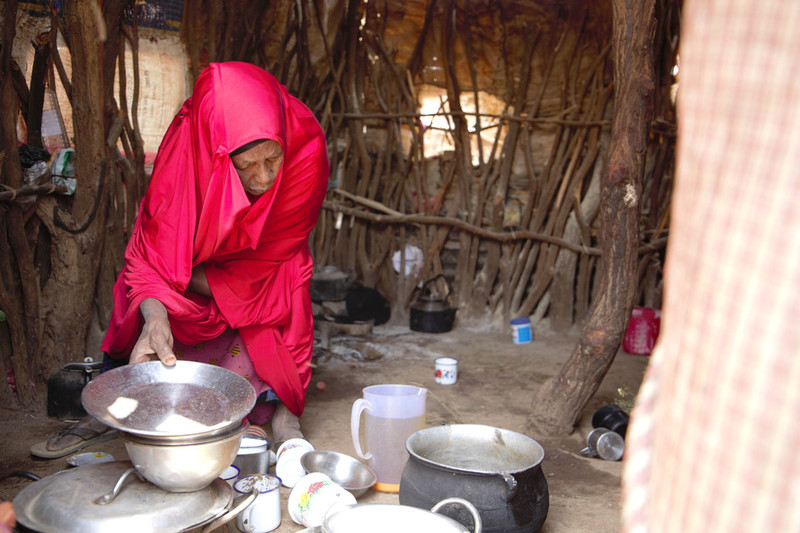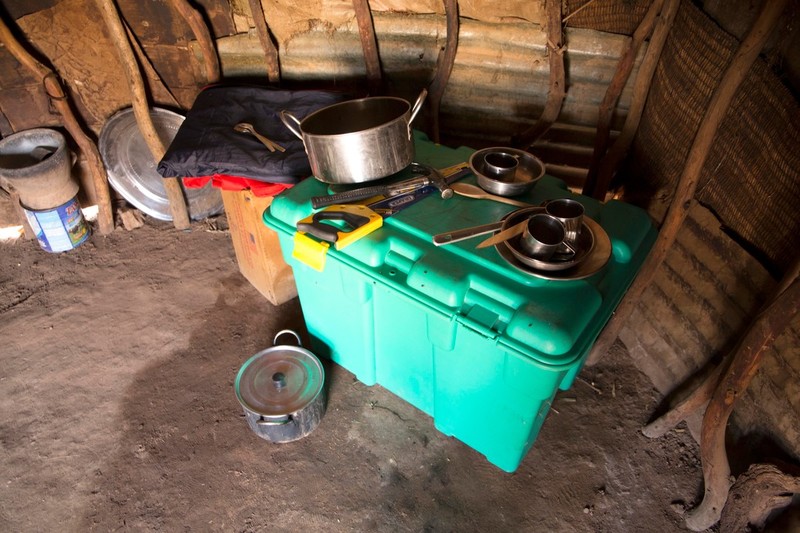
Blog
Does Famine Still Exist?
Famine has been eradicated in most parts of the world. But sadly, it is still an issue that many face. Around the world, millions of people face food insecurity and many are on the verge of famine, but there is a difference between food shortages and famine.
On June 11, 2021, the UN officially declared famine in the northern region of Ethiopia.
A declaration of famine is not made lightly. There are specific requirements that need to be met before this decision can be made.
In this post we will explore what those requirements are, what this means for Ethiopia, and how ShelterBox can help.
DECLARING A FAMINE
What Is Famine?
Famine is not just a lack of food, it’s an extreme scarcity of food. But an official declaration of famine means widespread malnutrition and death from starvation.
In order for the UN to make and official declaration of famine, certain factors have to be met:
At least 20% of households in an area are facing extreme food shortages with limited ability to cope; malnutrition among children exceeds 30%; and the death rate exceed two people per 10,000 each day.
What Causes Famine?
Disaster can be a cause of famine in some regions. Prolonged drought, flooding, extreme cold, typhoons and other large storms, even insect infestations or plant disease can destroy crops and lead to food shortages. Sometimes these events may initiate a food shortage, but if a government fails to act, or makes mistakes, the issues could worsen.
Human events can also be the cause of famine. The most common human cause is warfare. Sometimes during war or conflict crops get damaged, sometimes intentionally. Other times supply routes and access points get cut off, meaning food cannot get into an area and be distributed to people. There are even examples of forced starvation as a warfare tactic.

WHAT'S HAPPENING IN ETHIOPIA
Currently, more than 350,000 people in the Tigray region of Ethiopia are suffering famine conditions. And millions more are at risk.
In November 2020, tension between Ethiopia’s federal government and the regional leadership in Tigray erupted into armed conflict. Violence and fighting has continued to rise. This has resulted in thousands of families fleeing their homes for safety. But it has also resulted in extreme food shortages that have led to the UN declaring famine.
How can ShelterBox help?
ShelterBox does not distribute food, so why are we talking about famine? And how can we help?
ShelterBox may not be directly supporting famine relief efforts but our aid still has an important role to play. This is a complicated humanitarian crisis, meaning families are experiencing more than just food shortages. Many have lost or fled their homes, and ShelterBox is able to provide families with safe shelter while they recover from this conflict. After fleeing, many people are sleeping outside under trees, or sleeping on dusty floors in communal shelters. This increases their risk of pneumonia, Malaria, and COVID-19. Ethiopia’s health system is very fragile and any major outbreak of a virus could overwhelm the system and worsen the current famine issues. Providing shelter and items likes water filters and mosquito nets, helps protect families from preventable diseases, and takes pressure off the health systems.
ShelterBox aid also includes cooking sets, which allows families a safe way to prepare any food they do receive from relief efforts. Having separate and individual cooking equipment also reduces the spread of viruses and disease.
During a humanitarian crisis like this, one organization can’t do everything. Food programs, medical organizations, shelter actors, and more, all need to work together to support families who urgently need our support.
Learn more about the crisis in Tigray here.





